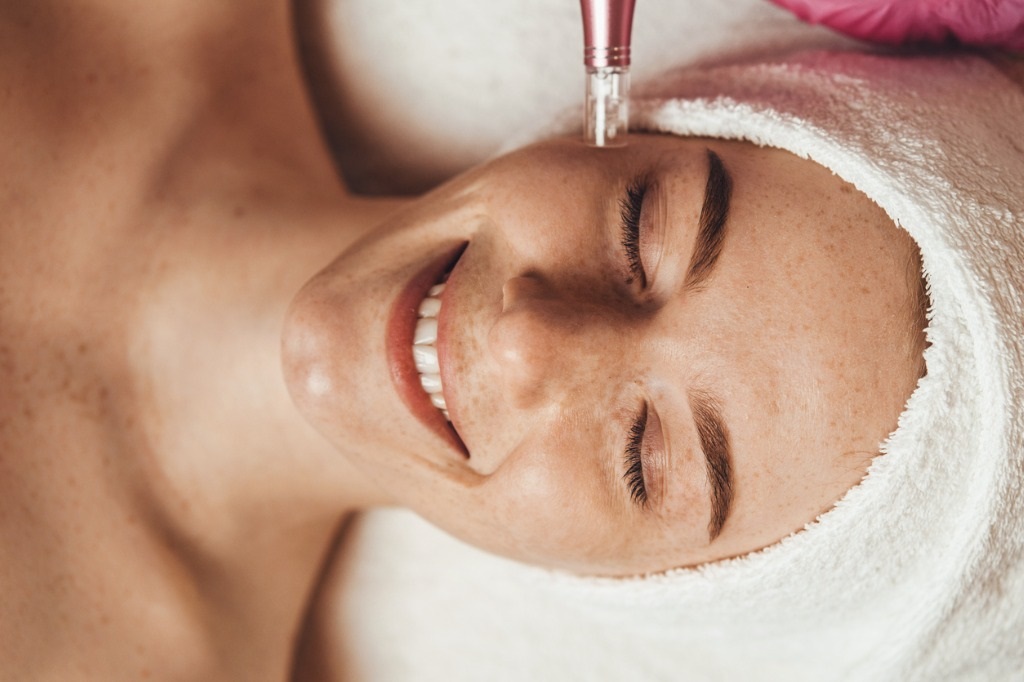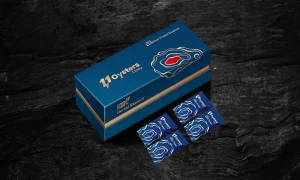
RF microneedling in Singapore is a non-invasive skin treatment that utilizes radiofrequency energy to stimulate collagen production and improve skin texture. It is a safe and effective procedure that can be used on all skin types, including individuals with darker skin phototypes. The treatment involves using a device that delivers radiofrequency energy through insulated needles, which penetrate the skin to a precise depth.
RF microneedling-induced dermal remodeling and neocollagenesis are slow and progressive but continue to improve even six months after treatment. The procedure can be used repeatedly and safely in combination with other treatment modalities, making it a versatile option for those looking to improve the appearance of their skin. The results of RF microneedling are impressive, with many patients experiencing a significant improvement in skin quality and texture.
If you are considering RF microneedling, it is important to consult with a qualified and experienced practitioner who can guide you through the process and ensure that you achieve the best possible results. In the following guide, we will dive deeper into the specifics of RF microneedling, including how it works, what to expect during the procedure, and how to care for your skin after treatment.
What is RF Microneedling?
RF Microneedling in Singapore is a cosmetic procedure that rejuvenates the skin. The treatment is a form of controlled skin injury that stimulates the body’s natural healing process, resulting in improved skin texture and tone.
During RF Microneedling, a handheld device is used to create tiny punctures in the skin. These punctures are so small that they are virtually invisible to the naked eye. The device also emits radiofrequency waves, which heat the skin’s deeper layers, stimulating collagen and elastin production.
Collagen and elastin are two proteins that are essential for healthy, youthful-looking skin. Collagen provides structure and support, while elastin gives skin its elasticity. As we age, our bodies produce less collagen and elastin, which can lead to sagging, wrinkles, and other signs of aging.
RF Microneedling is typically performed in a series of three to four sessions, spaced four to six weeks apart, for optimal results. The cost of RF Microneedling varies depending on the size of the treatment area, with a small body area costing a few hundred dollars and a full face, neck, and chest treatment costing close to $1,000 per session.
Overall, RF Microneedling is a safe and effective way to improve skin texture and tone, reduce the signs of aging, and achieve a more youthful, radiant appearance.
How RF Microneedling Works
RF microneedling is a minimally invasive cosmetic procedure that uses a combination of needles and radiofrequency energy to rejuvenate the skin. The treatment works by creating micro-injuries in the skin’s dermis layer using tiny needles and then delivering radiofrequency waves to the area. The radiofrequency energy heats up the dermis layer, which stimulates the production of collagen and elastin, leading to tighter and smoother skin.
During the treatment, a handheld device with tiny needles is used to create microchannels in the epidermis layer of the skin. The needles penetrate the skin to a specific depth, depending on the patient’s skin type and the area being treated. Once the microchannels are created, the device delivers radiofrequency energy to the dermis layer through the needles.
One of the benefits of RF microneedling is that it is a fractional radiofrequency treatment. This means that the radiofrequency energy is delivered in a fractionated manner, which helps to minimize the risk of damage to the skin’s surface. The fractional delivery of the energy also allows for a more targeted and precise treatment, which can lead to better results.
Overall, RF microneedling is a safe and effective treatment for improving the appearance of the skin. It can be used to treat a variety of skin concerns, including fine lines, wrinkles, acne scars, and uneven skin texture. The treatment is also suitable for individuals with darker skin phototypes, making it a versatile option for many patients.



